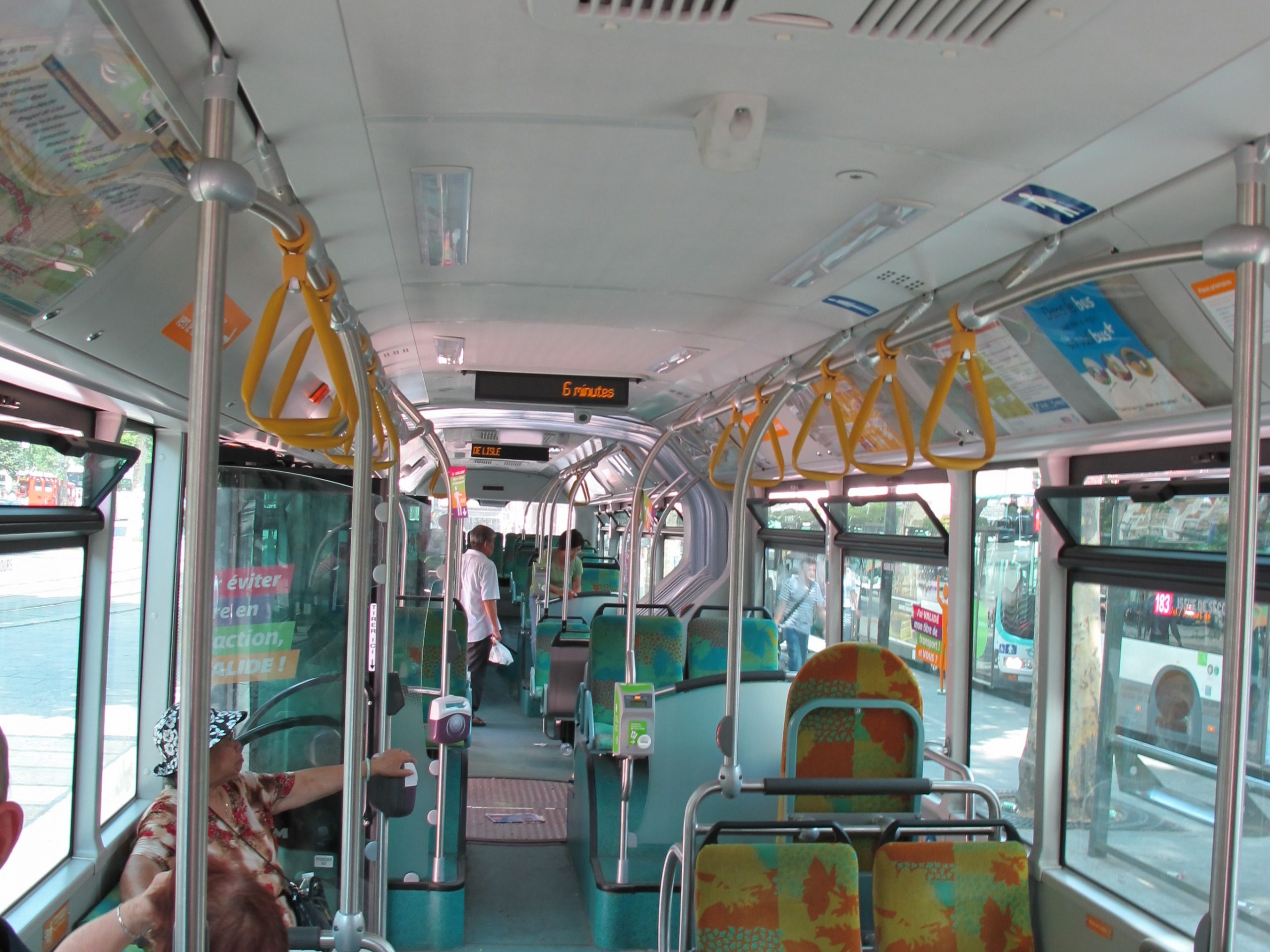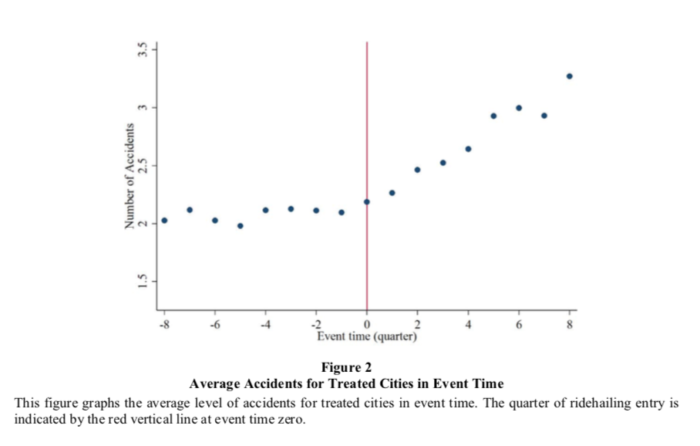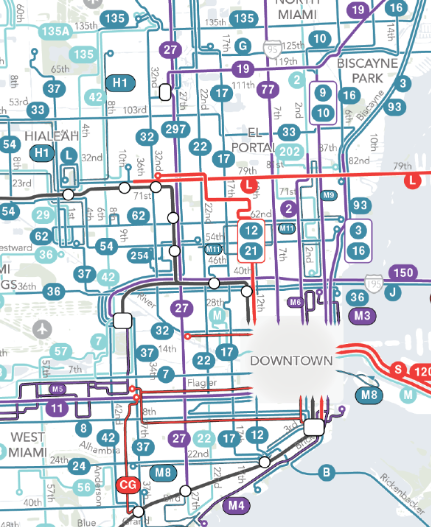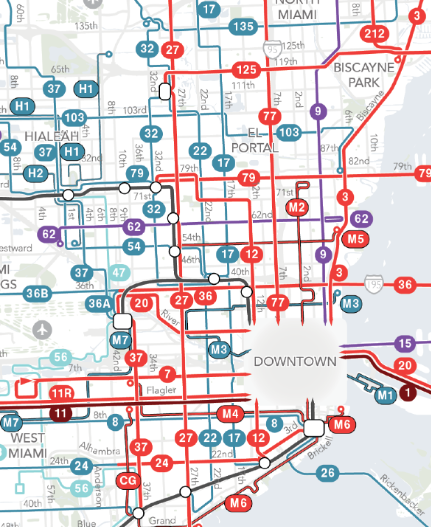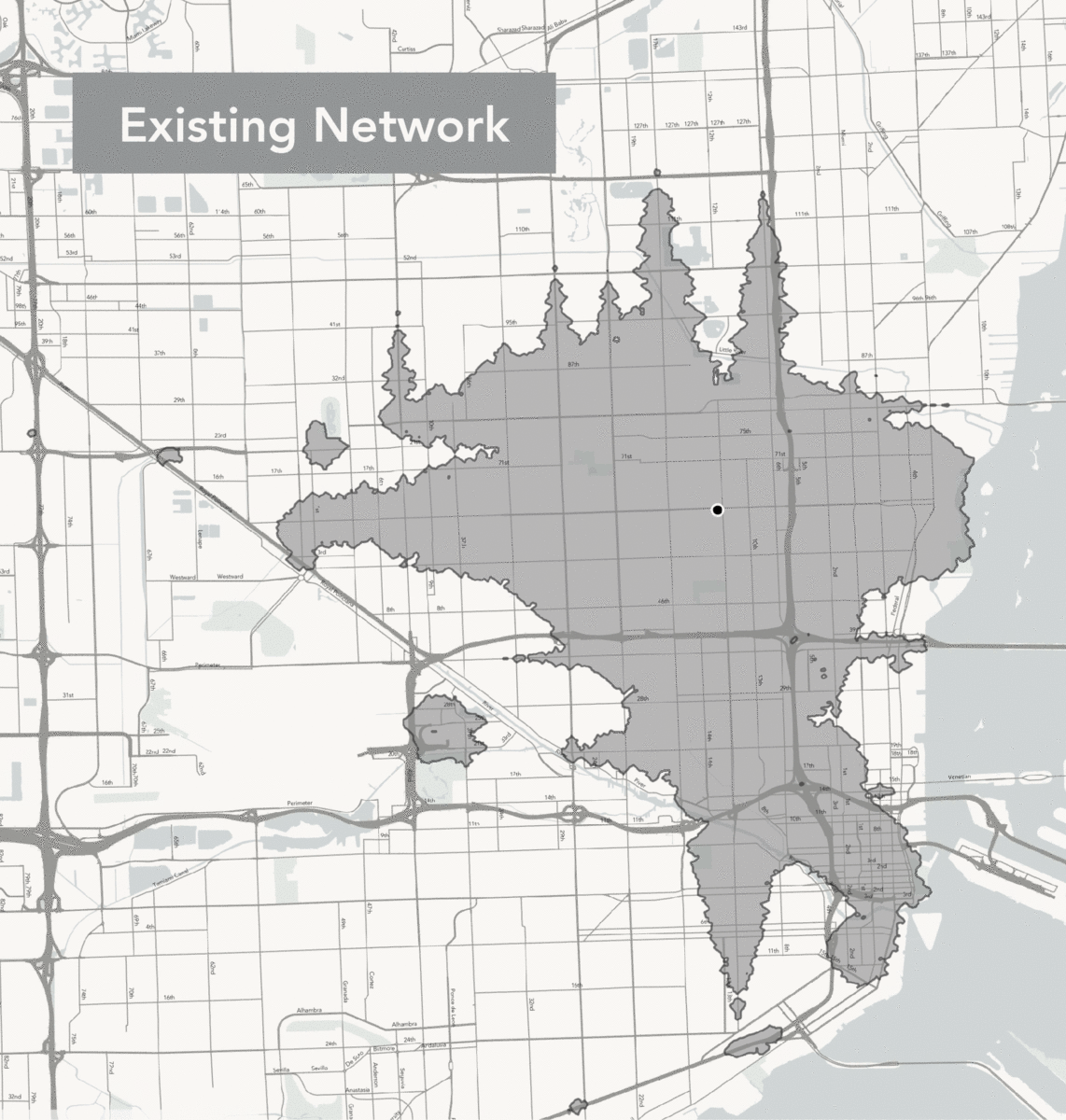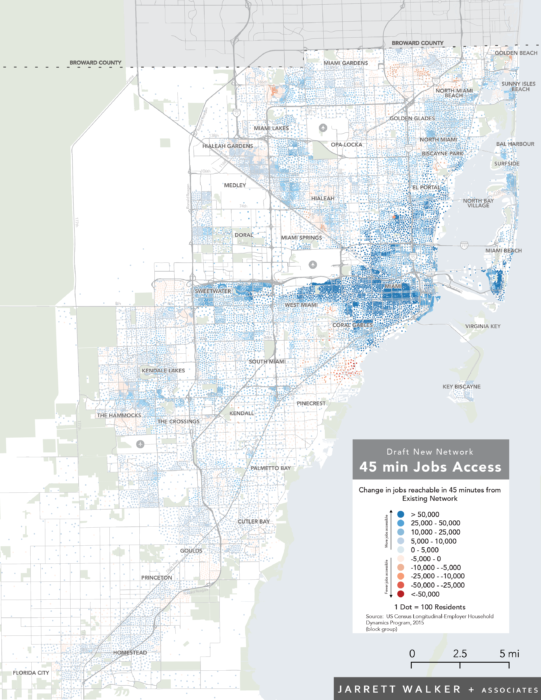This letter went out to our colleagues today:
Friends and colleagues.
First of all, we are deeply grateful to everyone working in public transit agencies right now. Frontline staff are taking personal risks, while everyone is having to think fast and abandon usual procedures. If you are in the midst of this, thank you for everything you’re doing.
The goals that justify our work have turned upside down. I never thought I’d hear transit managers tell people not to use their service, or that the mandate of social distance would have us running big buses and long trains so that they would be as empty as possible. All our old instincts for how to run good transit systems suddenly feel wrong.
Like many of you, my team and I have been thinking about how Covid-19 changes what we do, how we do it, what stories we tell, and what questions we ask the public. I wanted to take a moment to share our thoughts as they stand right now.
The most important fact about Covid-19 is that our recovery will be gradual, and we will emerge from it into a different world. Experts tell us to expect a tentative and slow recovery, in which people may fear the virus for several years. Here are some of the changes we think are coming.
- New public understanding of goals. In a recent Bloomberg Citylab article I argued that at the moment, transit’s role is neither to attract riders or to serve people’s needs; it’s to protect essential services that are holding civilization together. In a pandemic, we are all transit dependent in this sense. The crisis will change the conversation about public transit, and we need to be ready to tell new stories about why transit matters now, even if the traffic congestion that motivates more affluent riders to use our service takes years to return.
- Demand for interim outcomes. For several years, as demand returns in unpredictable ways, transit agencies will need to make quick decisions about how to restore service in light of changing demands. We are reviewing all of our approaches to see how they can produce insights fast enough to guide those decisions.
- No “existing system.” Most planning studies compare a proposed future to the existing system, but that system no longer exists. In general, planning will need to rely less on pre-crisis data and more on an understanding of post-crisis demand, including a lot of listening and clear thinking about goals.
- Outreach that is all online. There will be no in-person meetings for a while, but that doesn’t mean we can’t do outreach. Everyone is learning how to do more things online and by phone. Religious services, community meetings, clubs, and many other such events are all happening online, so “going to where people are” may mean visiting those virtual spaces with them. People are spending more time on social media, so the payoff of deep investment in communicating that way may increase. Pollsters are noticing that people have become more willing to answer the phone. People want to engage, though we’ll need to find ways to include marginalized and less-wired communities in these conversations.
- Outreach with faster turnaround. Expectations for exhaustive public outreach may need to be balanced against the need to make some decisions more quickly, such as about interim service restoration. The public will appreciate being consulted, even briefly, such as via text or social media. It will be more urgent than ever to ask the public just the right question, so that the answer we get is influential on our work.
- New reasons for redesign. We are probably heading into a period of reduced funding combined with urgent expectations. It’s more fun to plan service in the context of growth, but I have done many redesigns in the context of crises, and these have often given the agency a better structure on which to grow when resources and demand return.
- Reduced resistance to change. One of the most hopeful impacts of Covid-19 is that we may hear less anger about disrupting people’s habits when we change service. Everyone’s habits are already disrupted, so it is in many ways an ideal time to make changes. Some people will still feel entitled to the old service just as it was, but there will be powerful arguments – moral and data-driven – for why the new situation is different, and demands new thinking.
Our team has already made some happy discoveries about how to do great planning while keeping social distance. For example, we’ve long emphasized the importance of “Core Design Retreats,” where we lock ourselves and key staff in a room for several days to sketch a new network. I’d never have imagined we could do this in a Zoom meeting, but now we’ve done it, to redesign the bus network in Norfolk, Virginia, and we’ll do it even better next time. Even the big stakeholder workshops that we’re known for, featuring interactive games, may be possible online. We’re working to develop those tools now. I think we’ll all be surprised by what becomes possible.
Like many, we are concerned about what this may do to our business, though we feel lucky compared to friends who work in tourism, restaurants, or the arts. If we do see a slowdown in planning work, I’m committed to keeping our team together. To do that, we’ve tightened our belts, and I’ve reduced my own salary, until we are sure our demand has fully returned. When you need us, we will be here.
In the end, if there’s anything that gives us confidence, it’s that we have built our practice on questioning established planning habits. We will not get stuck trying to do things the way we’ve always done them. We are ready to improvise and build new methods fast, so we can help you cope with the present and move toward the future rather than simply return to the past.
Thanks for reading, and thank you for everything you’re doing to help us emerge from this crisis into a better world.
All the best.

